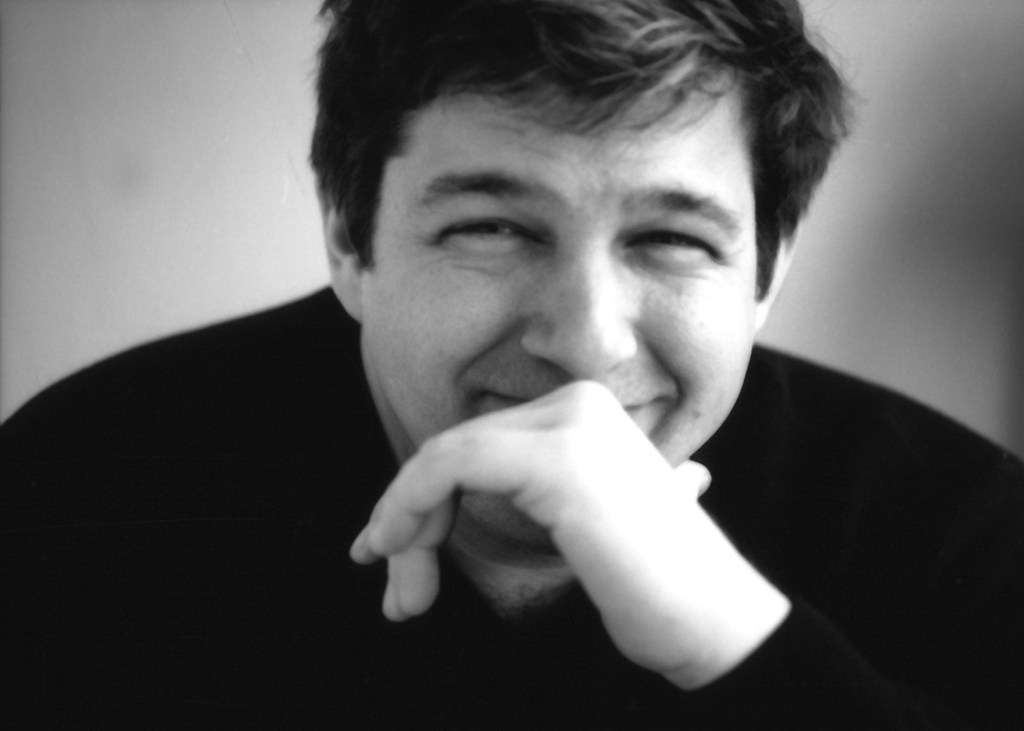New spin on classical music

Some compositions by Anthony De Ritis, professor and chair of the Department of Music in Northeastern’s College of Arts, Media and Design, may not appeal to all classical music fans. But that’s just fine by him.
“There are people who truly hate the concept that a DJ and a symphony orchestra could meet,” De Ritis explained. “People who think an orchestra should not reflect the popular music of today often dislike such combinations. But others see this as a fresh starting point, one which can get a whole new generation interested in classical music.”
De Ritis’ compositions — three of which are featured on “Devolution,” which will be released today — combine traditional symphony orchestras, augmented with nontraditional instruments such as drum kits, synthesizers, effects processors, electric and bass guitars, and, of course, a DJ, who spins and remixes new music with each performance.
De Ritis says this approach to classical music makes sense considering that many revered classical composers wrote their masterpieces under the influence of the musical world around them.
“I think it’s important for composers and musicians to think about the popular music of their time, because that’s what Mozart and Beethoven did,” De Ritis said. “But too many composers today, for some reason, don’t do that. They spend too much time looking backward, and not enough looking forward.”
De Ritis collaborated on the CD with Paul D. Miller, who performs under the moniker “DJ Spooky That Subliminal Kid.” De Ritis first started to follow the work of DJ Spooky in the late 1990s, while researching the different ways musicians can interact with music and technology during live performance; they first worked together in 2004.
While “Devolution” does not provide specific instructions for the DJ — his or her performance is different every time, much like the performance of a jazz soloist — they do include information and material that can help shape that performance.
“Some people have tried to create a DJ notation, telling DJs when to scratch or play a certain piece of music backward or at a certain speed. I’m not interested in that,” De Ritis said. “The only information I give the DJ is where to start and where to stop. Plus I give descriptions of the type of music I’d like to hear and what the orchestra is doing at a certain time.”
De Ritis’ compositions are inspired by how DJs perform: he gives musicians the opportunity to improvise and remixes his own themes with what younger composers might call “loops,” such as the familiar repeated melodies found in Ravel’s “Bolero” and the Allegretto from Beethoven’s 7th Symphony. That in turn inspires the DJ, who remixes the piece once again.
“Upon hearing this, DJ Spooky often chooses to capture moments of these pieces and use them as material for his cadenza,” De Ritis said.
He hopes the album’s unique sound will engage the listener. “I think art is supposed to generate discussion and dialogue,” De Ritis said. “That’s what ‘Devolution’ has done, and that’s what I hope it continues to do.”





